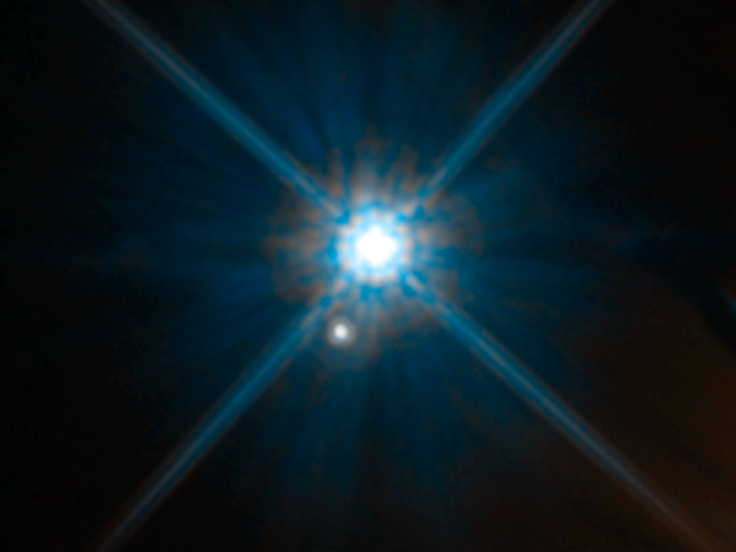Shattered Parts Of Destroyed Alien World Discovered Near Dead Star

Scientists discovered shattered remnants of an alien world surrounding a white dwarf, which is also considered a dead star.
The new study published in the Journal of Science revealed details about the discovery of a decent-sized object amidst the dusty debris of a superdense stellar corpse. According to the scientists, the "planetesimal" that they found is well deep into the white dwarf's gravitational well. It is also likely a part of a destroyed world when the star died.
Boris Gaensicke, a physics professor at the University of Warwick in England and co-author of the study, said in a statement that if the planetesimal is pure iron, then it could have survived where it is now. However, it is also possible that its body is rich in iron, but it had some strength inside that holds it together making it consistent with what they found. The planetesimal apparently appears like a considerably large fragment of a planet core. More importantly, the fragment also seems to be in quite a tight orbit as it goes around the white dwarf every 123 minutes.
Gaensicke added that if they are correct about the core, then the original body should measure at least hundreds of kilometers in diameter. Based on the estimates of the researchers, the orbiting body should be around 370 miles (600 km) wide. It also has a density of between 7.7 and 39 grams per cubic centimeter. If it isn't around the estimated size, then it should have been destroyed by the gravity of the white dwarf.
Christopher Manser, a physics research fellow at the University of Warwick, investigated the white dwarf known as SDSS J122859.93+104032.9. According to the research, the white dwarf is about the size of the Earth but holds around 70 percent of the mass of the Sun. It is also around 410 light-years away from our solar system. The researchers used the 34.1-foot (10.4 meters) Gran Telescopio Canarias (GTC) telescope for the study.
The Sun is expected to have a similar fate as the white dwarf around five billion years from now. Scientists suggest that if it blows up, Mercury, Venus and Earth could be destroyed with planets from Mars and beyond likely surviving.
© Copyright IBTimes 2024. All rights reserved.





















